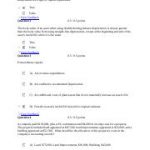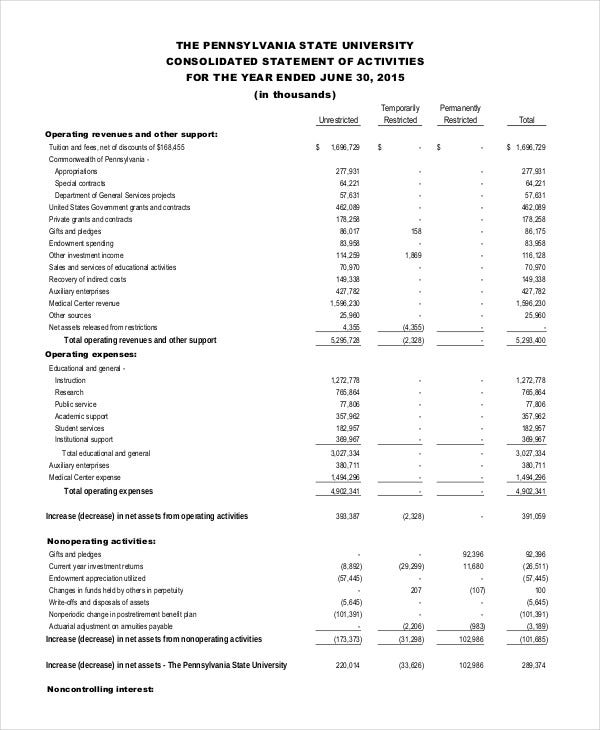Content

Adding -ly to the adjective is not the only way to form an adverb. “Always” modifies the verb phrase “do my homework” and “quietly” modifies the verb phrase “went to the movies”. Here is some extra practice to help you improve your English speaking and English grammar. Answer the questions below with your own answers and then try making your own questions and sentences using the grammar we studied in this lesson. Simple adverbs are adverbs that add “ly” to the end of an adjective to create and adverb.
What are 20 examples of adverbs in sentences?
- Tortoise walks very slowly.
- His car crashed severely.
- She never bunks her classes.
- This matter is quite severe.
- This door opens frequently.
- He likes to do shopping occasionally.
- The presentation is almost completed.
- Phil has been seriously injured in a road accident.
The What Does the Adverb Modify? Adverb Usage and Examples “so” modifies the meaning of the sentence. It changes the meaning of the adverb “far” by adding “so” before it. In this sentence, the adverb “quite” is a degree adverb. It is used here to modify and add meaning to the sentence. It shows that the meeting was managed well to a significant level.
Adverbs of Manner
GrammarFlip covers these topics in detail to ensure a solid foundation is built. First time learners and students seeking to review the parts of speech can both benefit from the instructional videos and slide show reviews. People continued to use it though, and many style guides and dictionaries now accept it.

Adverbs can come before or after the verbs they modify, depending on the rest of the sentence. As long as you avoid splitting infinitives, you can place these adverbs where they feel the most natural.
Examples of Adverb Clause as Modifier:
A https://personal-accounting.org/ is a person, place, or thing, so the word plane is the noun in this sentence. Now, we look to see if there are any words in the sentence that tell us more about the plane. The word silver tells us the color of the plane, adding meaning and clarification, so we know that it modifies the word plane. Since plane is a noun, we know that silver must be an adjective, since only adjectives modify nouns. Here are more examples of adverbs modifying another adverb. When it comes to verbs, you need to be very careful about a particular type of verb known as a linking verb.
While the second sentence does make sense, it is harder to tell which word the adverb quickly is supposed to be modifying. By keeping the adverb close to the verb it modifies, the sentence is easier to read and understand. In sum, the grammatical house remains divided over whether an adverb can modify a noun or a pronoun. Where disparity appears to erode the most is when the adverb follows the noun, as in the opportunities here and the room upstairs. Here we may someday see usage and classification become common enough to achieve consensus. Writers know that an adverb modifies a verb, an adjective, or another adverb. Sometimes, an entire phrase in a sentence functions as an adverb.
What do adjectives modify? Writing Guide
In this sentence, the exam was very or extremely difficult to crack. The adverbs extremely and hard, both are placed one after the other. The adverb extremely is modifying the meaning of the adverb hard by putting an emphasis on the degree of work.
- It is even possible for adverbs to modify other adverbs.
- Keep in mind that adverbs tend to modify everything that follows them in the sentence as you write.
- Here are some of the words we’re currently looking at for a spot in the dictionary.
- The adverb tomorrow modifies the verb shift by telling when.
- We can use them to modify verbs, adjectives, other adverbs, or entire sentences.
- They’re helpful for your writing being more colorful and descriptive.
Less frequently, an adverb modifies another adverb . Adverbs are also used to elaborate and emphasize what adjectives mean. Notice the difference between a moderately easy exam and a very easy exam.
But adverbs can enrich or clarify adjectives, making them increasingly clearer and more precise to understand. Often, adverbs function as intensifiers to strengthen the meaning of an adjective to the reader. Adverbs can also modify adjectives in a sentence. Nouns and pronouns can be described with adjectives. Adverbs are most commonly found to modify verbs in a sentence. It denotes why, how, where, when, how often, and to what extent an action is carried out.
Getting to know the absolute phrase better – The Manila Times
Getting to know the absolute phrase better.
Posted: Thu, 02 Jun 2022 07:00:00 GMT [source]
In the sentence Bob carefully built a sandcastle, the word carefully is an adverb that modifies the verb built. If there are two modifying words in front of the noun, one of them could be an adverb modifying the adjective. When an adverb is modifying an adjective it is saying something about the adjective in the sentence, often adding clarification or intensity. The adverb is normally as close as possible to the adjective in a sentence, and often uses intensifying words like more, least, or hardly. In this sentence, the adverb badly can only modify the word looks because house is a noun, and adverbs do not modify nouns. This sentence says that the house is bad at looking at things, which doesn’t make any sense. As you can see, it is important to be able to identify linking verbs so you don’t accidentally use an adverb when you need an adjective.
More Examples of Adverbs Modifying Adjectives
For most “short” adverbs, adding “er” to the end of the word will create a comparative adverb. When adverbs modify, they tell when, where, how, and to what extent something occurs. “Quite” is an adverb modifying the adverb “slowly.” This adverb along with the adverb “slowly” modifies the how my brother moves in the morning.
